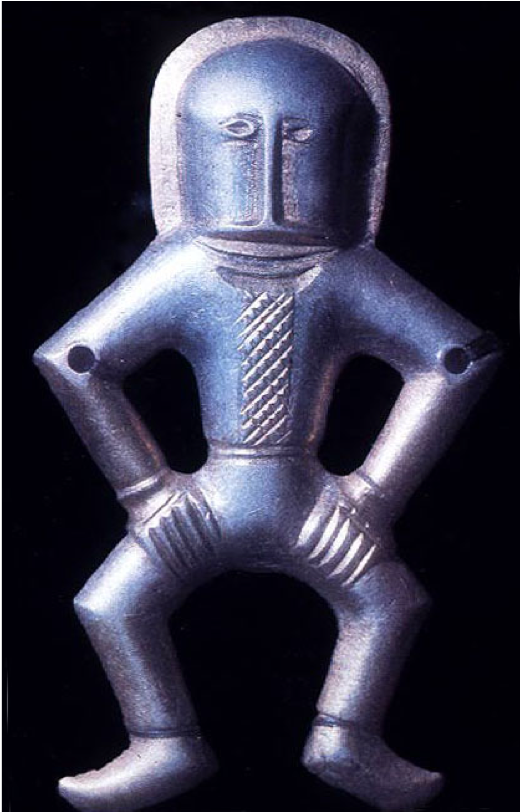Back to all modules
Between Constantinople and Karakorum

This course surveys the rise of the building tradition in the East European Plain between the end of Antiquity and the 16th century CE, when the autochthonic wooden construction skills were supplemented by imported stone masonry expertise. It situates preserved and excavated monuments of pre-modern Russian architecture within the political history of Old Rus’ and its contacts with the Byzantine Empire, Germanic lands, Scandinavia and the Eurasian steppes. Beginning with wooden construction, which was little influenced by political ambitions and instead reflected local pre-Christian traditions, it subsequently turns to symbolically laden stone architecture. Supported by rulers, this architecture eventually took a prominent role in the ideological repository of the Grand Principality of Moscow as it struggled with and finally took over the Mongol Khanate of the Golden Horde to become the self-proclaimed Third Rome. Separate lectures are devoted to the Islamic architecture of the Golden Horde, which flourished in the Volga Region between the 13th and the 15th centuries CE, and to the synthesis of Byzantine, Italian and Islamic architectural traditions in the 16th century churches wit...
Loading Accordion Items...


